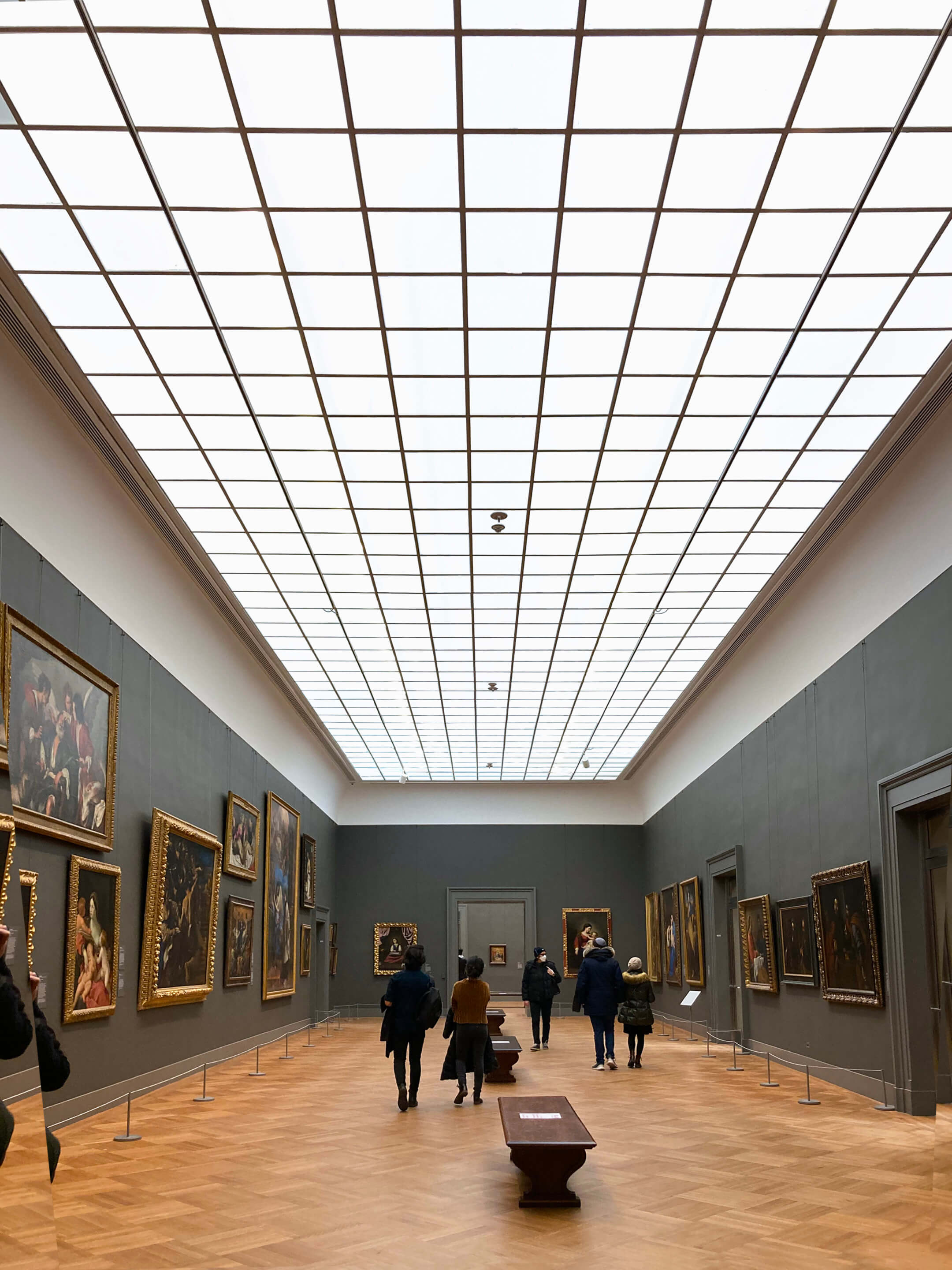Beyer Blinder Belle’s “attic” renovations better illuminate the Met’s European Painting galleries
To fully explore the Metropolitan Museum of Art would require many years, if not a lifetime. The Met’s campus on Manhattan’s Upper East Side measures 2.1 million square feet, distributed across some 21 buildings. That’s not to mention the art itself, which numbers in the tens of thousands of objects, spanning painting, sculpture, ceramics, textiles, and the decorative arts. The European Painting galleries alone hold hundreds of works, many of which were temporarily removed when the replacement of the skylights above wings A, B, and C began. The $150 million effort, led by Beyer Blinder Belle (BBB), transformed the museum’s oldest architectural constructions.
“The skylights act as a giant lens to the museum,” said Michael Wetstone, principal at BBB, who oversaw the renovation work. “I’ve spent the last few years in this strange part of the world of the Met, all of it invisible to visitors except for the light passing through.”
In 2017, the New York City Landmarks Preservation Commission indicated its support for “new glass technology” to be introduced within the “attics” (what museum staff call the 25-foot-tall plenum space above the 44 galleries). The project, which began in 2018 and wrapped up early this year, replaced the original Coke-bottle-green corrugated wire glass which required constant repair by the five-person roof shop employed by the Met. In its place, BBB, working with Skanska, installed a 30,000-square-foot skylight system composed of insulated laminated translucent glass and structural silicone glazing mounted on aluminum framing with thermal breaks and integrated drainage. Cassette subframes sealed to the glass mitigate thermal breaks.

“The corrugated glass lasted 75 years, but it was not energy-efficient,” Wetstone explained. “Since coming onto the project, we were always concerned about both the lighting aspect and the environmental aspect. We were able to develop a way to layer plastic film between the new thin glass panels that protects the art and filters out ultraviolet light. Of course, we wanted natural light, but we also wanted to make it safe and even.”
Additionally, the project team reconfigured miles of ductwork, pipes, and cables to improve the quality of the daylight making its way into the galleries below. New mechanically controlled louvers fixed to the underside of skylights further modulate the light, depending on weather and seasonal conditions, while also helping prevent condensation from forming.

As the first phase of the skylight project concluded in 2020, the Met commenced work on a $70 million renovation of the Rockefeller Wing. There, BBB and wHY Architects are reimagining the arts of Africa, Oceania, and Americas exhibits. Plans have also been drafted to update the wing’s iconic, but troublesome, sloping glazed facade, designed by Roche-Dinkeloo and opened in 1982. The existing south-facing envelope system is to be replaced with a state-of-the-art glazing assembly that maximizes solar controls (low-e coatings, argon fills, and bird-safe frit) and minimizes thermal breaks. According to this proposal, the skylights above Wing R will be retrofitted along the lines of those now crowning wings A, B, and C.
Should all this come to pass, the renovations—which account for a fraction of the Met’s ongoing capital projects—will also be a big step toward rectifying a major source of heat loss in the museum. And, not forgetting the museum experience, it will help preserve the innumerable artistic treasures for generations to come.
Architect: Beyer Blinder Belle
Location: New York City
Structural engineering: Arup
MEP engineering: Kohler Ronan
Construction manager: Skanska
Facade consultant: Arup and Wiss Janney Elstner
Lighting design: Arup
Glass: Viracon
Skylights: Linel Skylights
Monty Rush is a BArch student at the Pratt Institute School of Architecture. In 2021–22, she was one of three New Voices in Architectural Journalism fellows. The program was sponsored by Pratt and AN.

